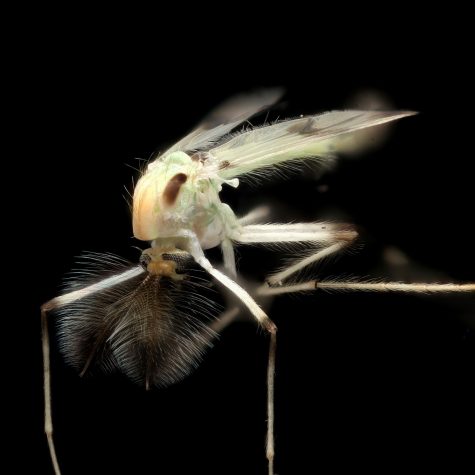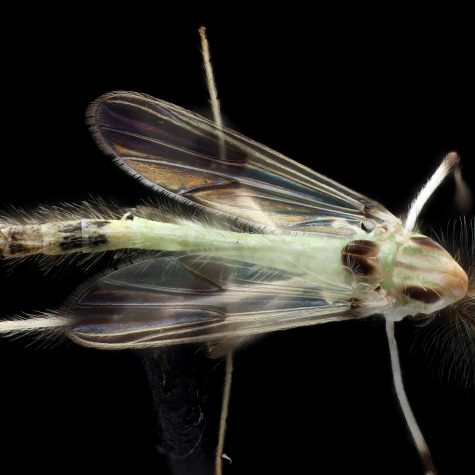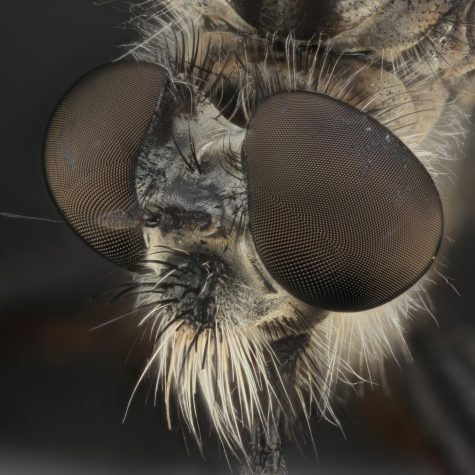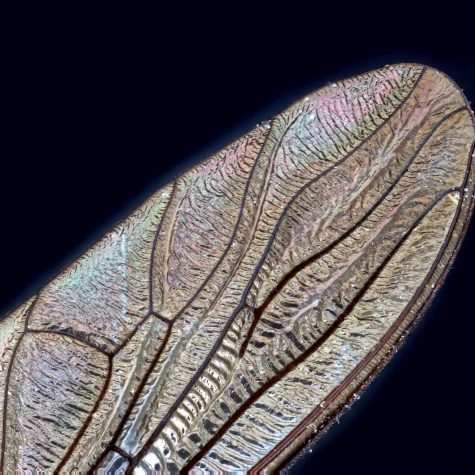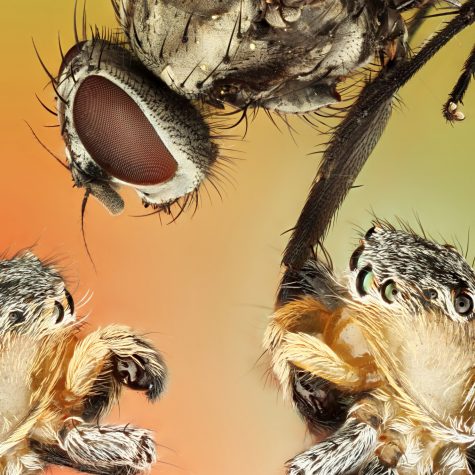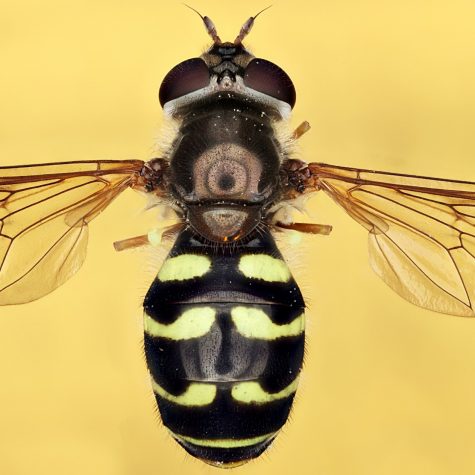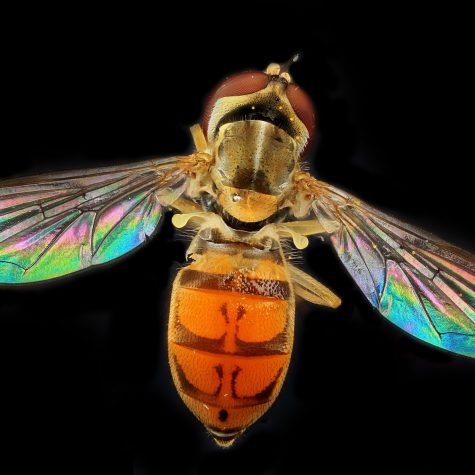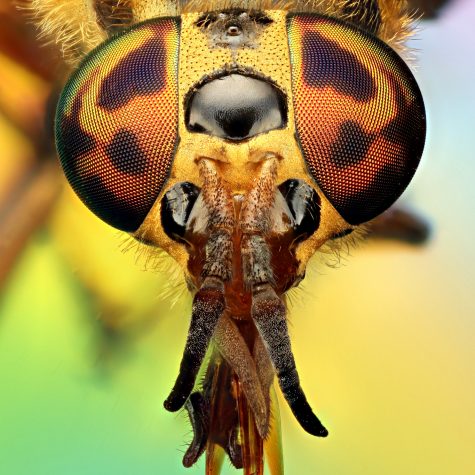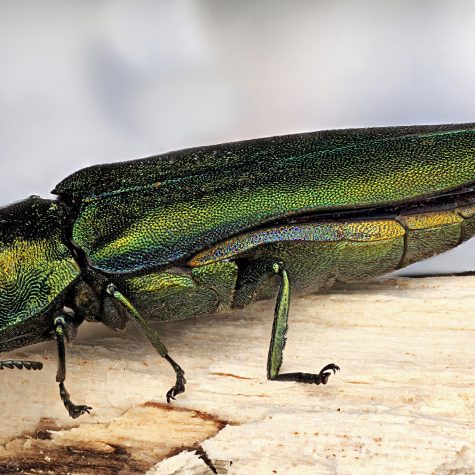Housefly head
$19.00 – $400.00The housefly (also house fly, house-fly or common housefly), Musca domestica, is a fly of the suborder Cyclorrhapha. It is the most common of all domestic flies, accounting for about 91% of all flies in human habitations, and indeed one of the most widely distributed insects, found all over the world. It is considered a pest that can carry serious diseases.



